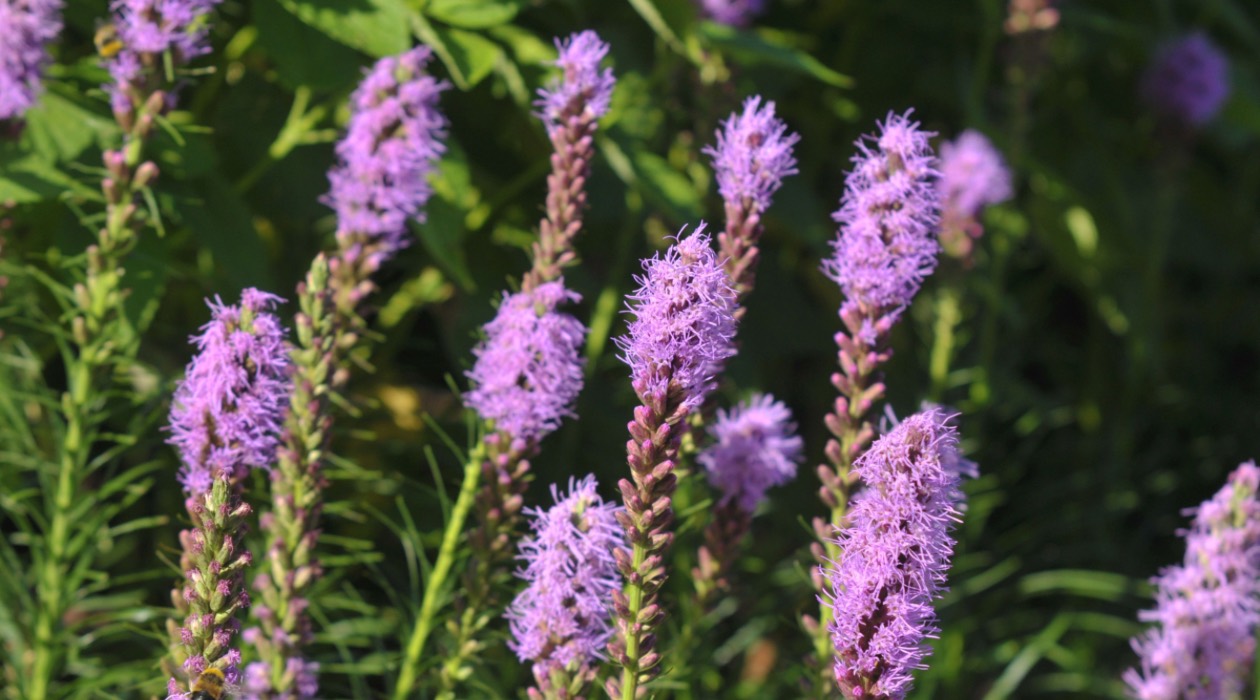

Articles
How To Store Liatris Bulbs
Modified: August 27, 2024
Learn the best methods for storing liatris bulbs in this insightful and informative articles. Ensure the longevity and health of your bulbs with these essential tips.
(Many of the links in this article redirect to a specific reviewed product. Your purchase of these products through affiliate links helps to generate commission for Storables.com, at no extra cost. Learn more)
Introduction
Welcome to our guide on how to store liatris bulbs. Liatris is a popular perennial flower that produces stunning spikes of vibrant blooms in various shades of purple, pink, and white. These beautiful flowers can provide a burst of color and texture to any garden or landscape.
While liatris bulbs are relatively hardy and self-sustaining, there are times when you may need to store them temporarily. This could be due to relocation, garden renovations, or simply wanting to keep them safe during harsh winter weather. Whatever the reason, proper storage is vital to ensure the bulbs remain healthy and viable for the next growing season.
In this guide, we will walk you through the steps to choose an ideal storage location and prepare the bulbs for storage. We will also discuss the best storage containers and provide tips on maintaining the right environmental conditions to prevent moisture, rot, and mold. Additionally, we will guide you on how to periodically inspect the bulbs to ensure their continued health. Lastly, we will share advice on how to successfully replant the stored bulbs when the time comes.
So, whether you are a seasoned gardener or a beginner looking to extend the lifespan of your liatris bulbs, this comprehensive guide will equip you with the knowledge to store them successfully.
Key Takeaways:
- Properly storing liatris bulbs involves choosing a cool, dark location, preparing the bulbs by trimming and cleaning, and using breathable containers to maintain their health and viability.
- Regularly inspect stored liatris bulbs for signs of rot or mold, and ensure a cool, dry environment with proper air circulation to preserve their quality and prevent decay.
Read more: How To Store Light Bulbs
Choosing a Storage Location
When it comes to choosing a storage location for your liatris bulbs, it’s important to consider two key factors: temperature and light exposure.
Firstly, find a place that remains cool throughout the storage period. Liatris bulbs prefer temperatures between 40°F (4°C) and 50°F (10°C). This range helps to maintain their dormant state without exposing them to freezing temperatures. A basement, cellar, or garage that meets this temperature requirement is an excellent choice. Avoid storing the bulbs in areas that experience extreme temperature fluctuations.
Secondly, liatris bulbs should be kept away from direct light exposure. Exposure to sunlight or artificial light can cause the bulbs to prematurely sprout or dry out. Find a storage location that is dark or has minimal light, such as a closet or a storage box that can be covered or wrapped in a fabric to block out light.
It’s also worth noting that the storage location should be free from pests, such as rodents or insects, that may damage or feed on the bulbs. Consider using pest deterrents or placing the bulbs in sealed containers to prevent any unwanted visitors.
By selecting a storage location that maintains a cool and dark environment, you are providing an optimal setting for the bulbs to remain dormant and healthy during their storage period.
Preparing the Bulbs for Storage
Before you store your liatris bulbs, it’s important to properly prepare them to ensure their longevity. Follow these steps to get your bulbs ready for storage:
- Trimming: Start by trimming any foliage or stems attached to the bulbs. Cut them back to about an inch above the bulb itself. This helps conserve energy and prevents rot or mold from spreading during storage.
- Cleaning: Gently brush off any dirt or debris from the bulbs. You can use a soft brush or a cloth to clean them. Avoid using water, as excess moisture can lead to rot.
- Inspecting for damage: Carefully examine each bulb for any signs of damage or disease. Look for soft spots, discoloration, or any other abnormalities. Remove any damaged bulbs from the storage batch, as they can affect the health of the other bulbs.
- Drying: Allow the bulbs to air dry for a few days before storing them. Placing them on a clean and dry surface, such as a tray or newspaper, will help ensure they are completely dry. This step reduces the chances of moisture-related issues during storage.
By trimming, cleaning, inspecting, and drying your liatris bulbs before storage, you are taking crucial steps to prevent any potential problems and promote their overall health.
Storage Containers
Choosing the right storage containers for your liatris bulbs is crucial for their protection and preservation. Here are a few options to consider:
- Breathable bags or mesh containers: These types of containers allow air circulation, which helps prevent moisture buildup and rot. Use breathable cloth bags or mesh containers to store your liatris bulbs, allowing them to breathe while protecting them from pests.
- Plastic bins or containers with ventilation: If you prefer using plastic bins or containers, make sure they have ventilation holes or slots to promote air exchange. This helps prevent excess moisture buildup, which can lead to mold or rot.
- Paper bags: If you have a small number of bulbs, you can opt for paper bags. Paper bags provide a breathable environment and are a cost-effective solution. Just ensure the bags are in good condition and won’t easily tear or allow pests to penetrate.
Whichever container you choose, make sure it is clean and dry before placing the bulbs inside. It’s also a good idea to label the container with the variety or color of liatris bulbs stored inside for easy identification in the future.
Remember, the goal is to provide a suitable environment where the bulbs can stay dormant and be protected from environmental factors that can adversely affect their quality.
Storing in a Cool and Dry Environment
Creating the right environment for storing liatris bulbs is essential for their preservation. Here are some key considerations to ensure a cool and dry storage environment:
Temperature: Liatris bulbs prefer cool temperatures between 40°F (4°C) and 50°F (10°C) during storage. To achieve this, choose a storage location that maintains a consistent cool temperature. Avoid areas that experience extreme temperature fluctuations or are prone to freezing or overheating.
Avoiding Direct Sunlight: Liatris bulbs should be stored away from direct sunlight exposure. Sunlight and heat can cause the bulbs to sprout prematurely and deplete their stored energy. Keep them in a dark or dimly lit area, such as a closet or covered storage box.
Humidity: Excess humidity can lead to mold or rot, so it’s crucial to maintain a dry storage environment. Avoid storing bulbs in damp basements or areas prone to moisture accumulation. If necessary, use a dehumidifier or moisture-absorbing products in the storage space to control humidity levels.
Air Circulation: Good air circulation is important to prevent the buildup of moisture and to keep the bulbs fresh. Ensure that the storage containers or bags provide some level of ventilation to allow for proper airflow. This helps prevent condensation and reduces the risk of rot.
Separation and Labeling: It’s advisable to store liatris bulbs in separate containers or bags to prevent cross-contamination and to easily identify different varieties or colors. Label each container or bag with the corresponding information, making it easier for future replanting or identification.
By storing your liatris bulbs in a cool and dry environment with proper air circulation, you are setting the stage for their successful dormancy and future growth.
After digging up Liatris bulbs in the fall, store them in a cool, dry place with good air circulation to prevent rot. A paper bag or mesh bag works well for storage.
Read more: How To Store Crocus Bulbs
Avoiding Moisture and Humidity
Moisture and humidity can be detrimental to the health and viability of liatris bulbs during storage. Here are some important steps to take to prevent moisture-related issues:
Dry the Bulbs: Before storing the liatris bulbs, ensure they are completely dry. Any residual moisture can lead to rot or mold growth during storage. Allow the bulbs to air dry for a few days in a well-ventilated area before placing them in storage containers.
Use Moisture-Absorbing Materials: Adding moisture-absorbing materials to the storage containers or bags can help combat excessive humidity. Silica gel packs or desiccant pouches are commonly used to absorb moisture and preserve the quality of stored bulbs. Ensure that the moisture-absorbing materials are wrapped or separated from direct contact with the bulbs to avoid dehydration.
Avoid Overpacking: Overpacking the storage containers or bags can limit airflow, leading to moisture buildup. Make sure there is enough space for air circulation around each bulb to prevent the accumulation of moisture. Avoid cramming too many bulbs together, as this can also increase the risk of mold or rot.
Check for Leaks: If using plastic bins or containers, ensure they are intact and free from any cracks or holes that could allow moisture to seep in. Regularly inspect the containers for any signs of damage or potential leaks and replace them if necessary.
Store Above Ground Level: If you store your liatris bulbs in a basement or cellar, keep them raised off the floor. This helps prevent moisture from wicking up into the containers or bags. Use pallets, shelves, or wooden boards to elevate the storage containers and create a barrier between the bulbs and any potential moisture on the floor.
By taking the necessary precautions to avoid moisture and humidity, you can significantly reduce the risk of damage or decay to your stored liatris bulbs.
Checking for Rot or Mold
Regularly checking your stored liatris bulbs for signs of rot or mold is vital to catch any issues early and prevent their spread. Here are some steps to follow when inspecting your bulbs:
Visual Examination: Carefully examine each bulb for any visible signs of rot or mold. Look for soft, discolored areas, fuzzy or powdery growth, or any unusual spots. Pay close attention to the base of the bulb, where rot often starts.
Scent: A musty or unpleasant odor can indicate the presence of mold or rot. Take a moment to smell the bulbs during the inspection process. If you detect a foul or unusual smell, it may be a sign of a problem.
Texture: Check the texture of the bulbs. Healthy liatris bulbs should feel firm and solid. If you notice any mushiness or softness, it could be a sign of rot. Gently press on the bulbs to assess their condition.
Isolation: If you find any bulbs showing signs of rot or mold, promptly remove them from the storage batch. Isolate the affected bulbs and dispose of them to prevent the spread of disease to other bulbs.
Air Circulation: After removing any affected bulbs, ensure proper airflow in the storage area. Good ventilation and air circulation can help mitigate the risk of spreading mold or rot to healthy bulbs.
Adjust Storage Conditions: If you consistently find mold or rot during inspections, it may be necessary to reassess the storage conditions. Check for any factors that could contribute to excessive moisture, such as leaks, high humidity, or inadequate ventilation. Making adjustments to these conditions can help prevent future issues.
Regularly checking for rot or mold and taking immediate action when necessary will help ensure the health and longevity of your stored liatris bulbs.
Inspecting the Bulbs Periodically
Periodic inspections of your stored liatris bulbs are crucial to monitor their condition and catch any potential issues. Follow these steps to effectively inspect your bulbs:
Frequency: Make it a habit to inspect your bulbs at regular intervals. Check them every few weeks or once a month to ensure any changes or problems are detected early.
Visual Examination: Carefully examine each bulb for any signs of damage, disease, or sprouting. Look for soft spots, discoloration, mold, or any other irregularities. Inspect both the exterior and the base of the bulbs, as rot often starts at the bottom.
Firmness: Gently squeeze the bulbs to assess their firmness. Healthy bulbs should feel firm and solid. If you notice any softness or mushiness, it may indicate rot. Discard any bulbs showing signs of decay to prevent the spread of disease.
Odor: Take a moment to smell the bulbs during the inspection process. A musty or unpleasant odor can be a sign of rot or mold. If you detect any unusual smells, investigate further and remove any affected bulbs immediately.
Separation: During the inspection, ensure that the bulbs are still properly separated and labeled. Prevent any mixing or confusion between different varieties or colors of liatris bulbs. Keep each batch organized and clearly identified for easy replanting or disposal.
Storage Conditions: While inspecting the bulbs, also assess the storage conditions. Check for any changes in temperature, humidity levels, or signs of pests. Make any necessary adjustments to maintain an optimal storage environment.
Documentation: Keep a record of your inspections, noting any issues or observations. This documentation can help you track the health of your stored bulbs over time and make informed decisions for future storage practices.
Periodic inspections allow you to stay proactive in preserving the quality of your liatris bulbs. By regularly monitoring their condition, you can address any problems promptly and ensure their viability for future planting.
Replanting the Stored Bulbs
After properly storing your liatris bulbs, the time will come to replant them and enjoy their beautiful blooms once again. Follow these steps to successfully replant your stored bulbs:
Timing: Determine the appropriate time for replanting based on your local climate and the recommended planting period for liatris in your region. Generally, liatris bulbs are best planted in the early spring or fall.
Soil Preparation: Prepare the planting area by loosening the soil and removing any weeds or debris. Liatris bulbs thrive in well-draining soil, so amend the soil if necessary to improve drainage.
Planting Depth: Dig a hole deep enough to accommodate the bulb, typically around 6-8 inches (15-20 cm) deep. Place the bulb in the hole with the pointy end facing upwards.
Spacing: Space the liatris bulbs according to the recommended spacing for the specific variety you have. Typically, bulbs should be planted 6-8 inches (15-20 cm) apart to allow for their growth and development.
Backfilling: Gently backfill the hole with soil, ensuring that the bulb is covered completely. Lightly firm the soil around the bulb to secure it in place but avoid compacting the soil too much.
Watering: After planting, give the bulbs a thorough watering to settle the soil around them. Ensure the soil is evenly moist but not waterlogged, as excessive moisture can lead to bulb rot.
Maintenance: Provide regular watering and maintain consistent moisture levels throughout the growing season. Apply a layer of mulch around the plants to help retain moisture and suppress weeds.
Monitor and Enjoy: Keep an eye on the newly planted bulbs and monitor their growth. Enjoy the development of foliage and eagerly anticipate the emergence of vibrant liatris blooms.
By following these replanting steps, you can successfully transition your stored liatris bulbs back into the garden and enjoy their beauty once again.
Read more: How To Store Daffodil Bulbs
Conclusion
Storing liatris bulbs properly is essential for preserving their health and ensuring their successful growth in the future. By following the steps outlined in this guide, you can confidently store your liatris bulbs and maintain their viability. Here’s a recap of the important points to remember:
First, choose a storage location that is cool, dark, and free from pests. Ideal temperatures range between 40°F (4°C) to 50°F (10°C), and excessive light exposure should be avoided.
Next, prepare the bulbs for storage by trimming, cleaning, inspecting, and drying them. These steps help minimize the risk of disease and maintain the bulbs’ condition.
When it comes to storage containers, opt for breathable bags or mesh containers that allow for air circulation. Alternatively, use plastic bins with ventilation or paper bags for smaller quantities of bulbs.
Ensure a cool and dry environment by maintaining the right temperature, avoiding moisture and humidity, and promoting good air circulation. Additionally, periodically check for signs of rot or mold, and promptly remove any affected bulbs.
Finally, when the time comes to replant the stored bulbs, select an appropriate planting period, prepare the soil, and ensure proper spacing and depth when planting. Stay vigilant with watering and maintenance, and enjoy the beauty of the liatris blooms as they emerge.
By taking the necessary steps to store and replant your liatris bulbs, you can enjoy their vibrant blooms year after year. Remember, a little care and attention during the storage period can make a significant difference in the health and longevity of your beloved liatris flowers.
So, go ahead and store your liatris bulbs with confidence, knowing that you have equipped yourself with the knowledge to preserve their beauty and continue to enjoy their enchanting presence in your garden.
Frequently Asked Questions about How To Store Liatris Bulbs
Was this page helpful?
At Storables.com, we guarantee accurate and reliable information. Our content, validated by Expert Board Contributors, is crafted following stringent Editorial Policies. We're committed to providing you with well-researched, expert-backed insights for all your informational needs.

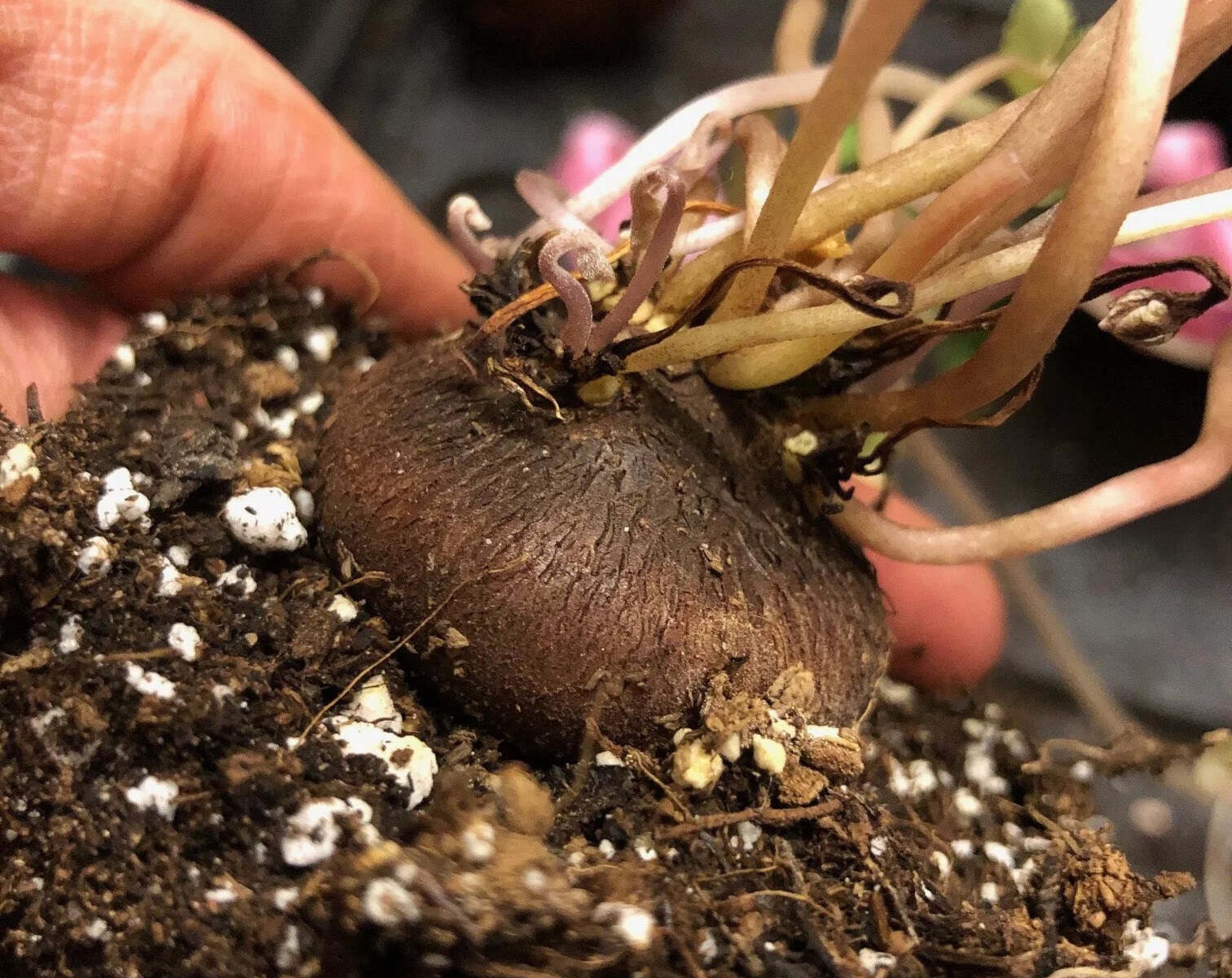
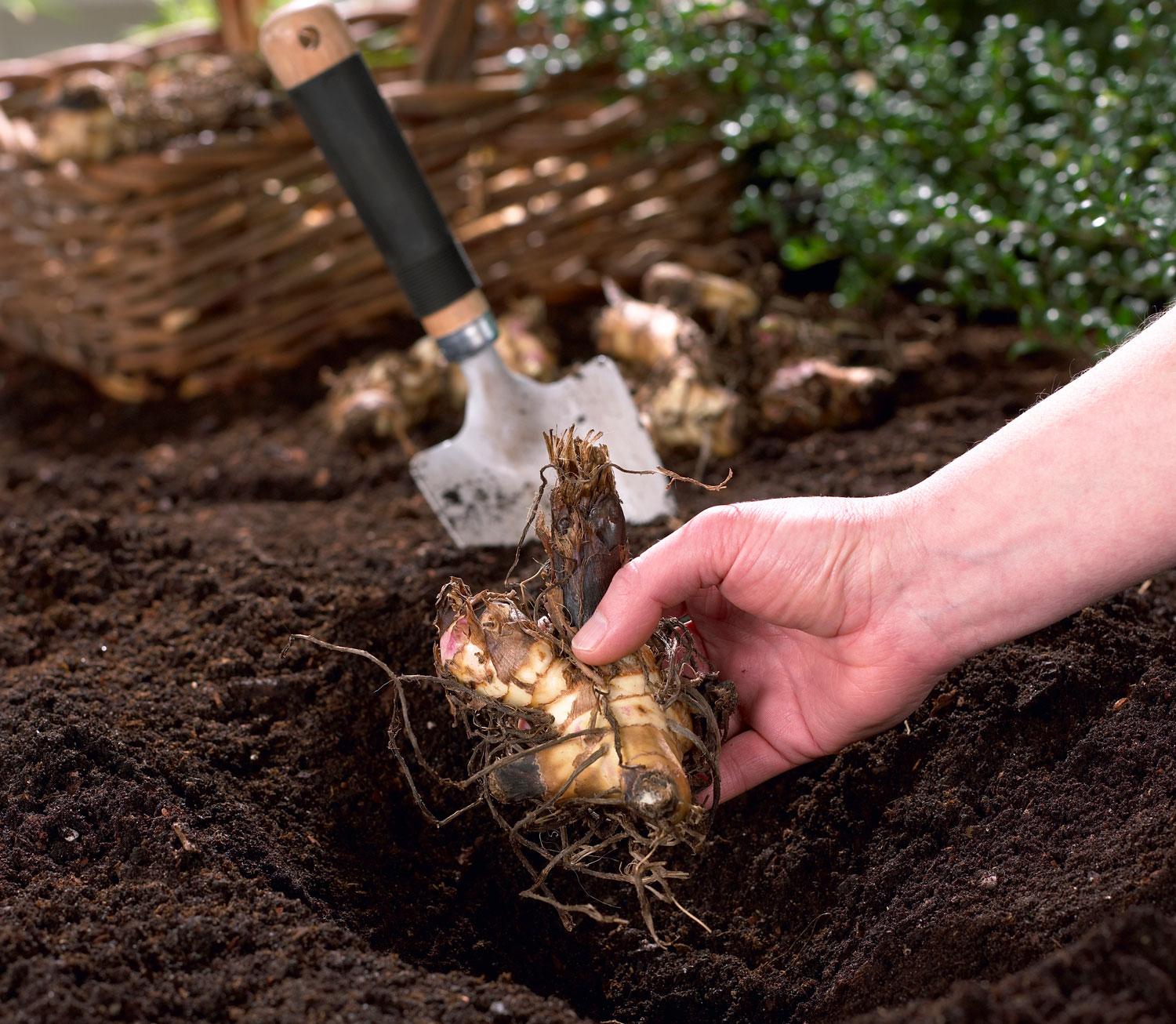
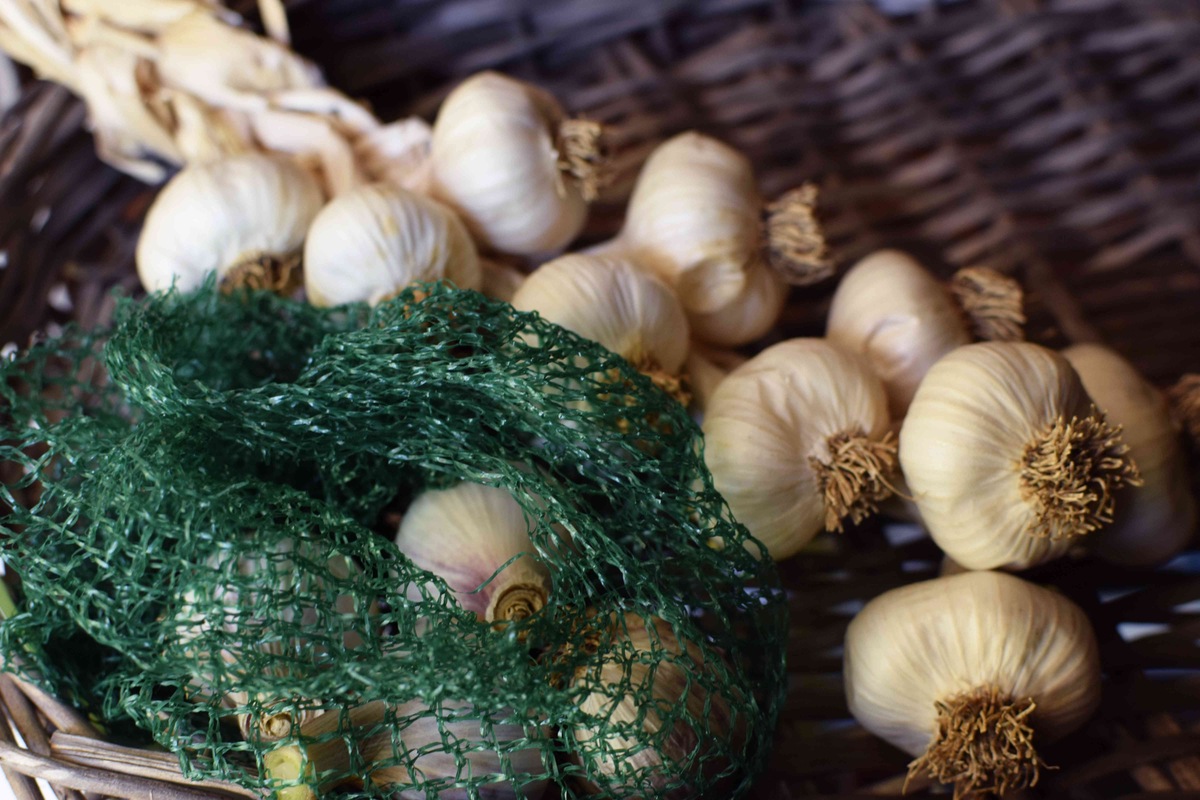
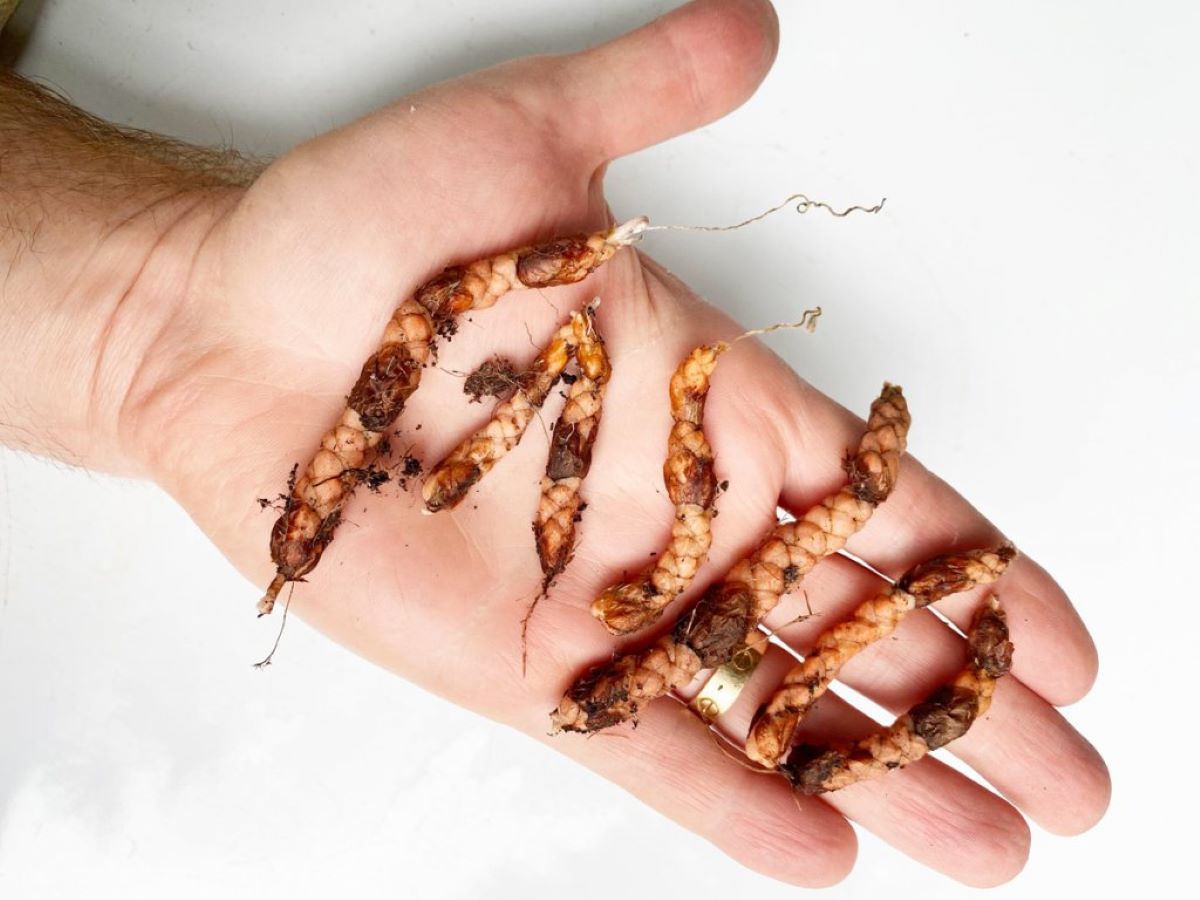
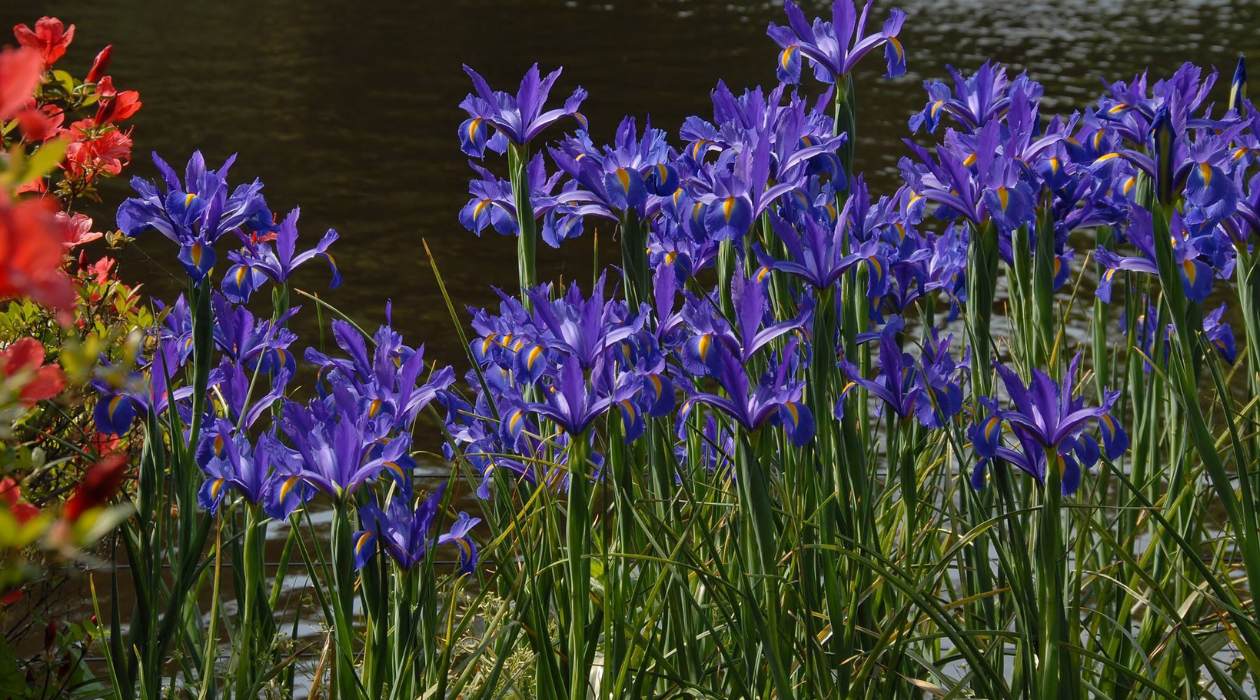
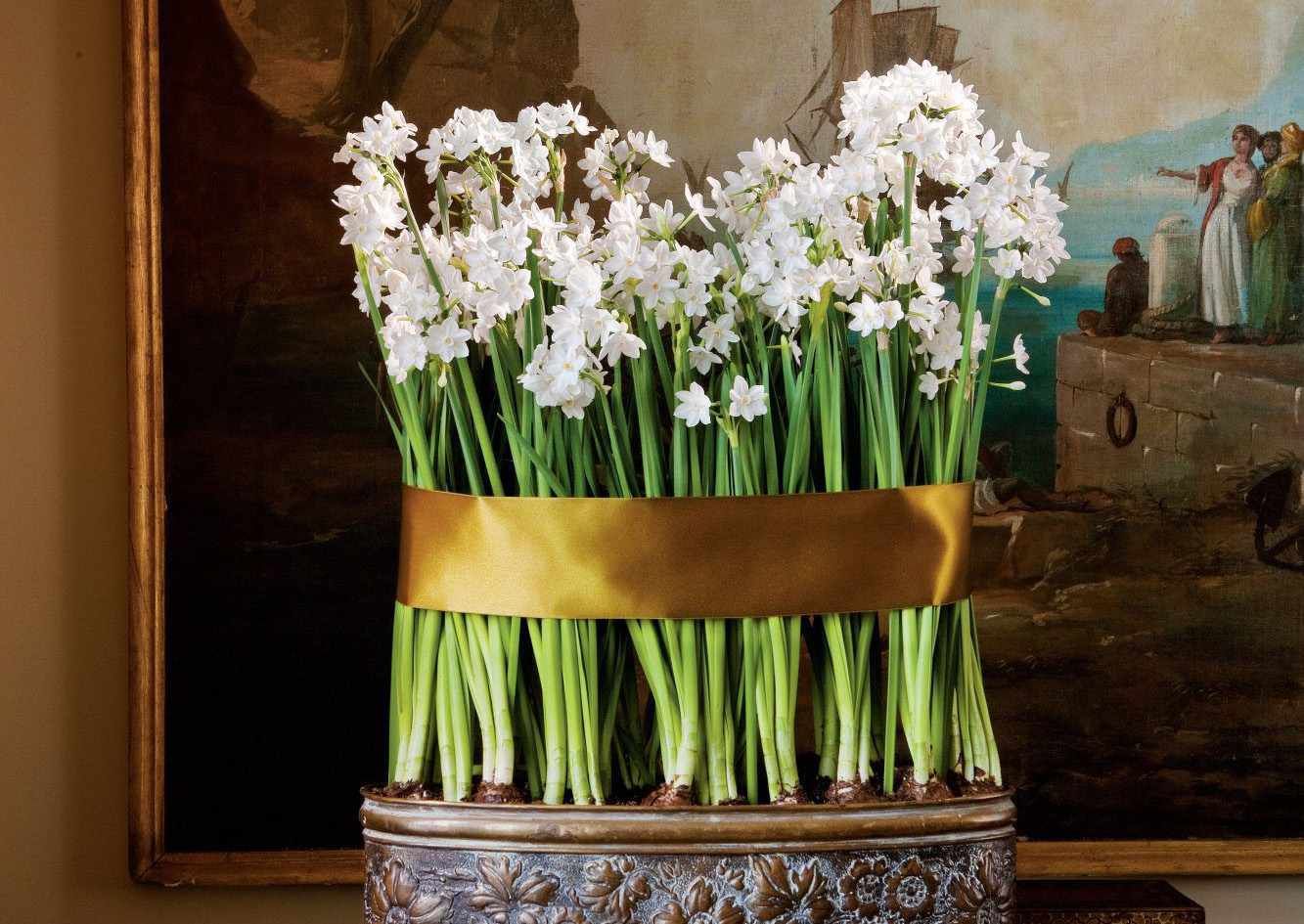
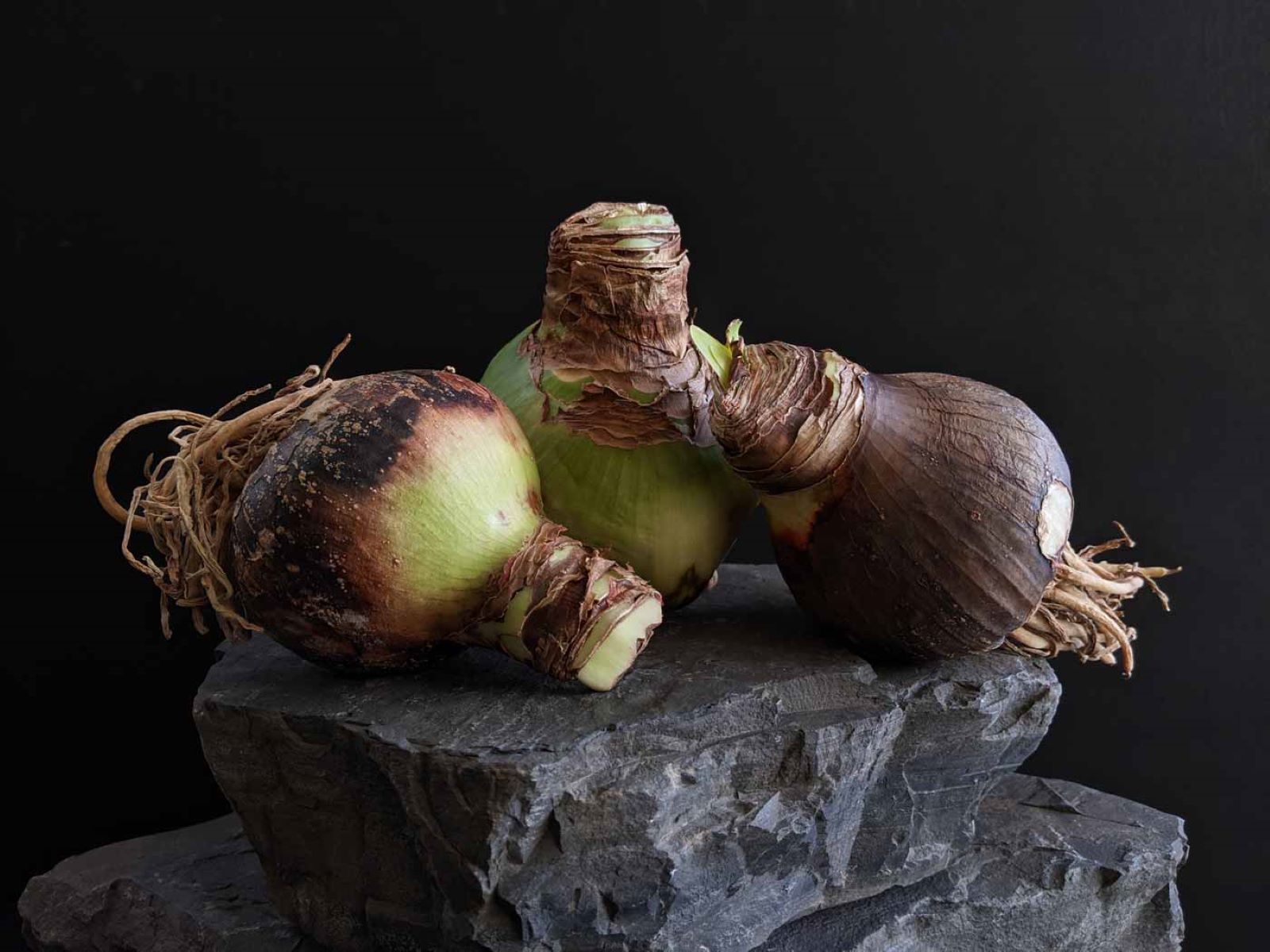
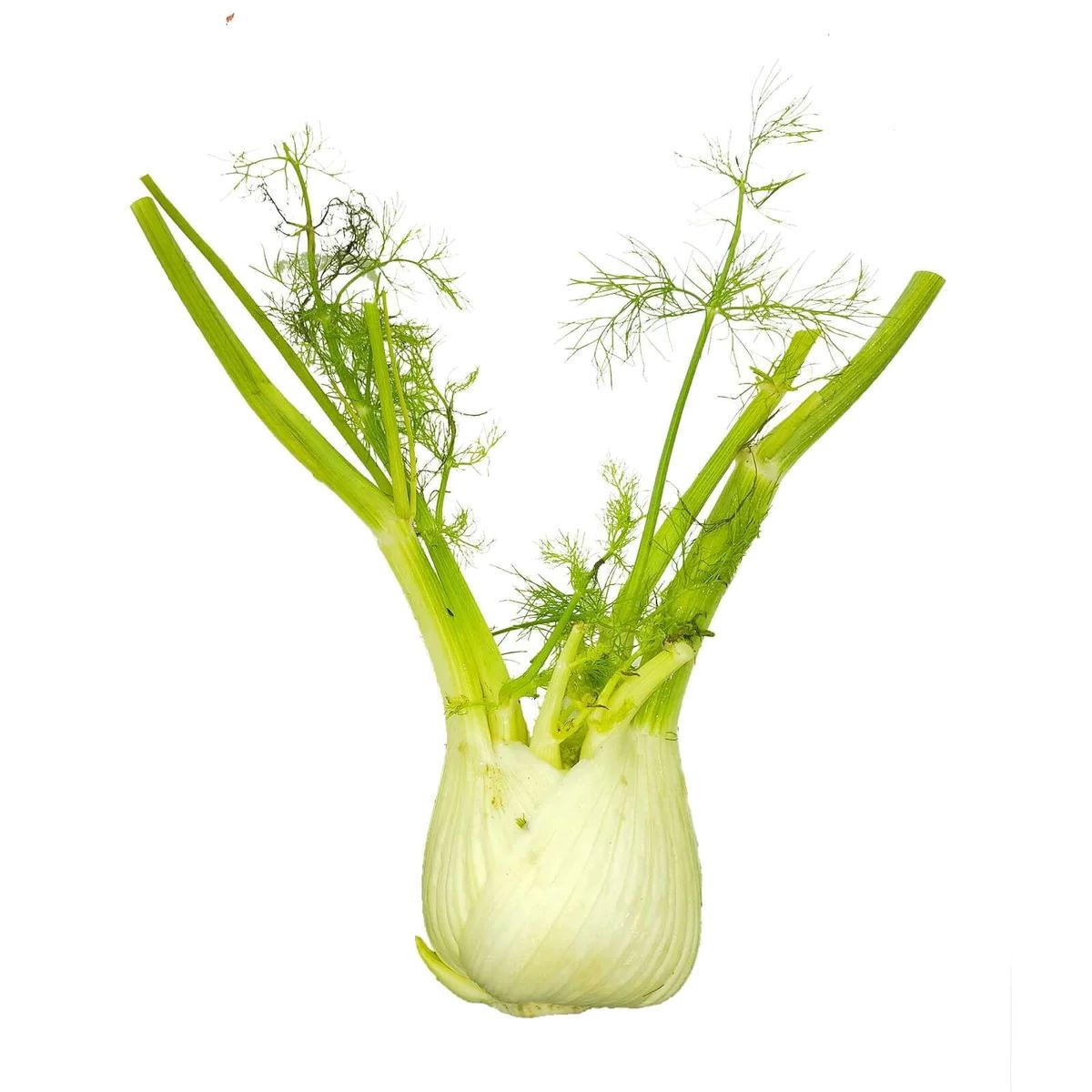
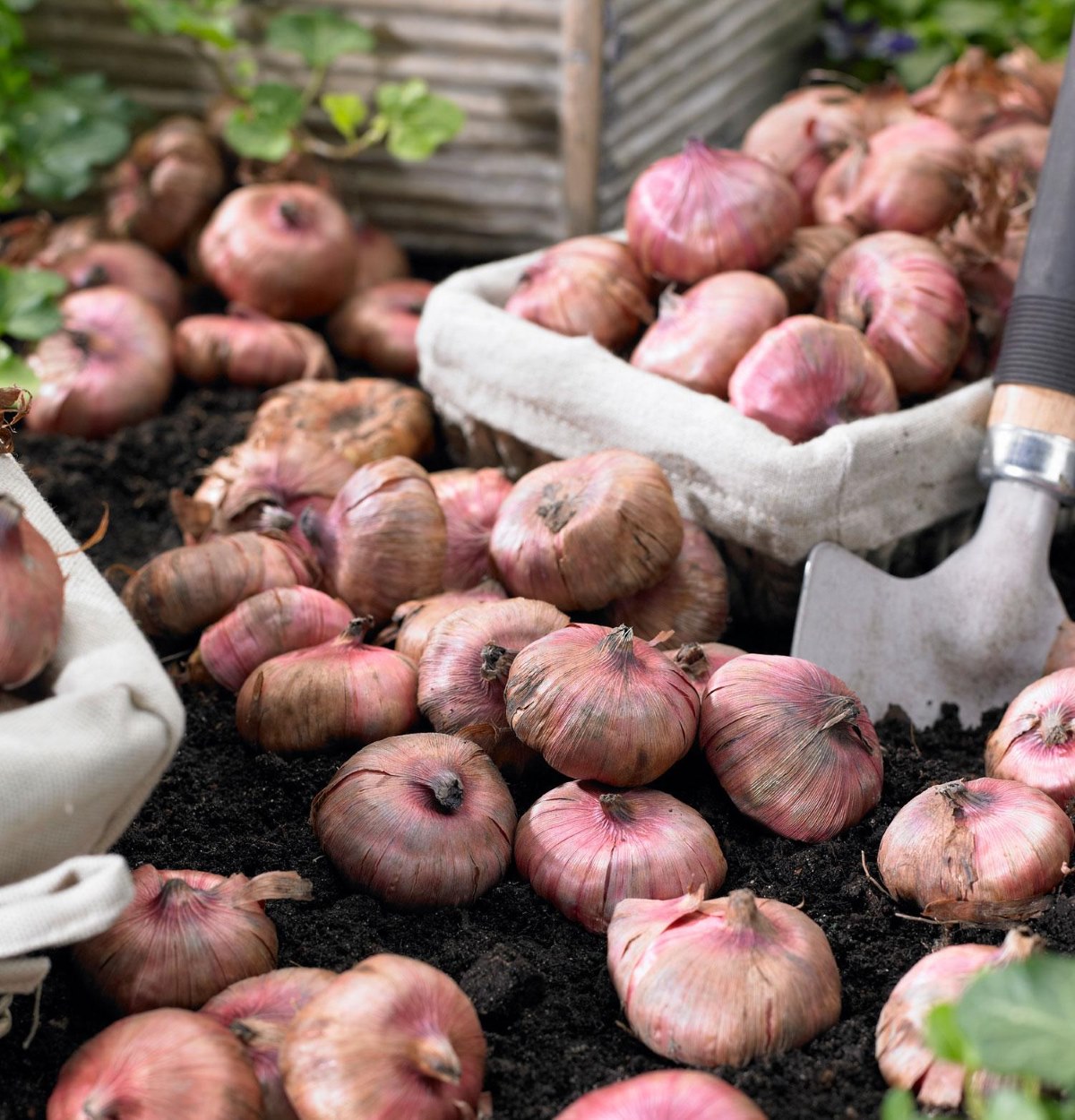
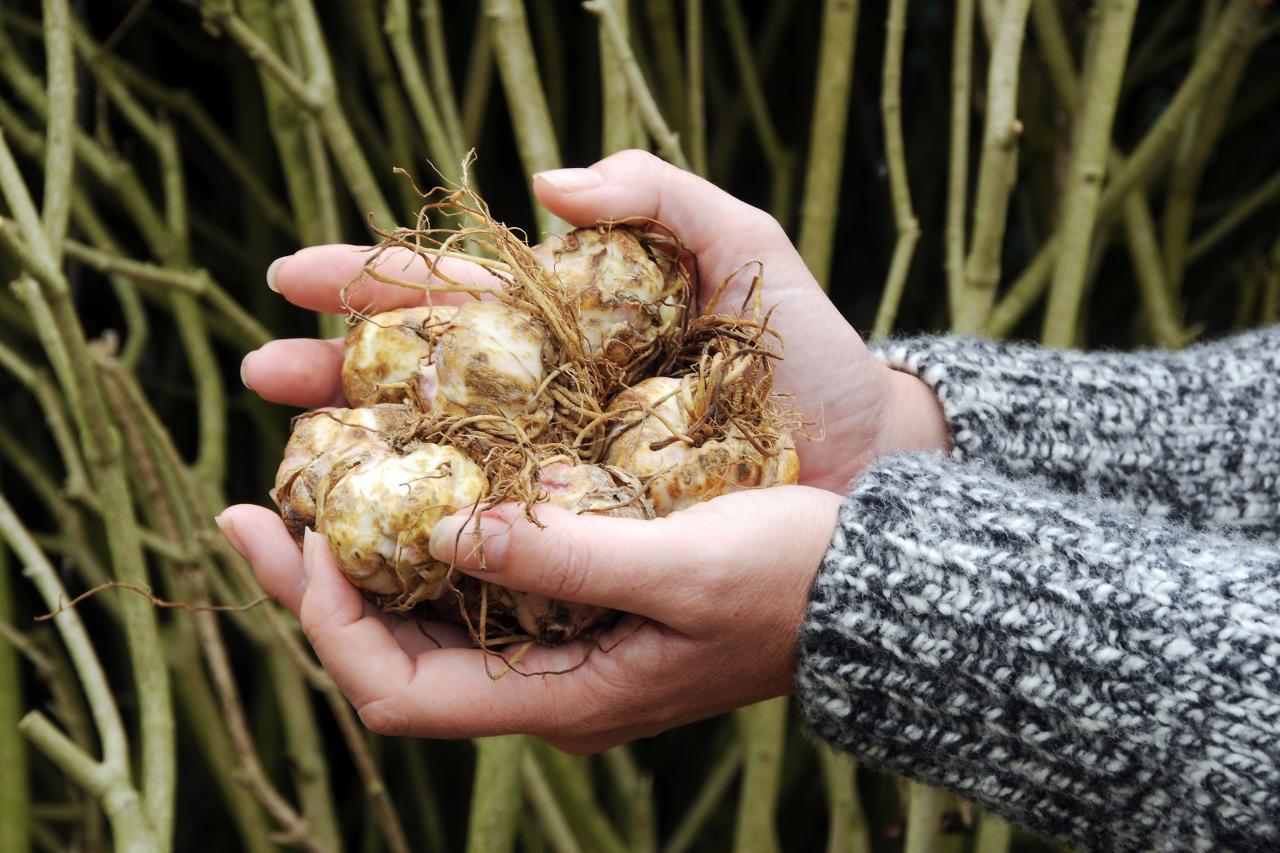
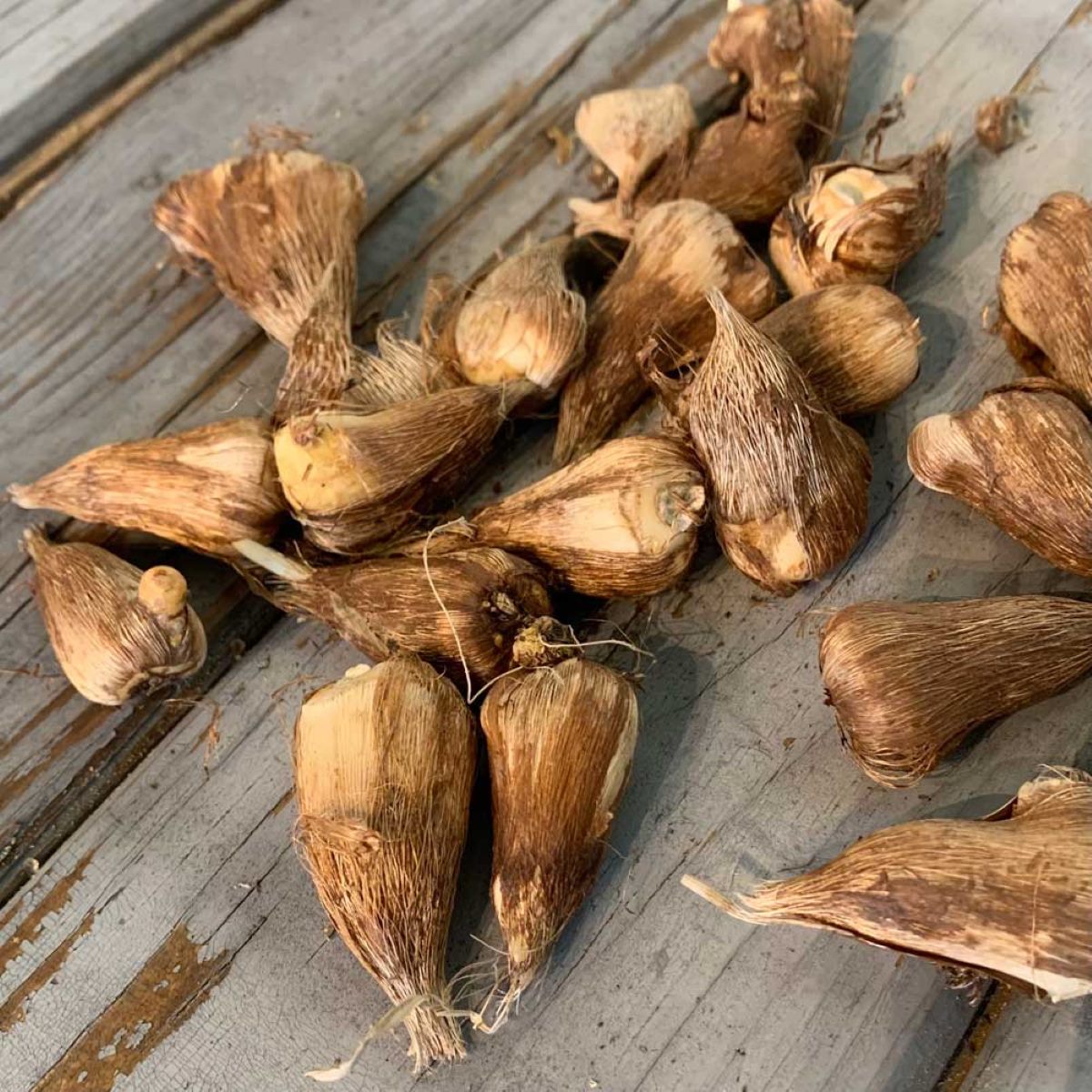


0 thoughts on “How To Store Liatris Bulbs”